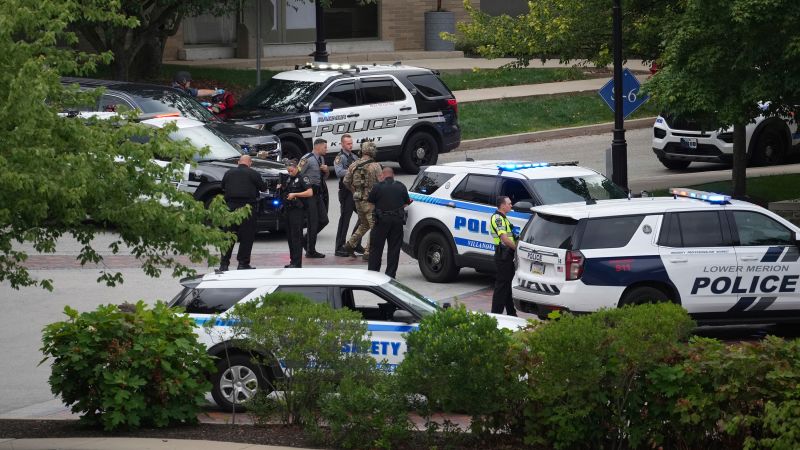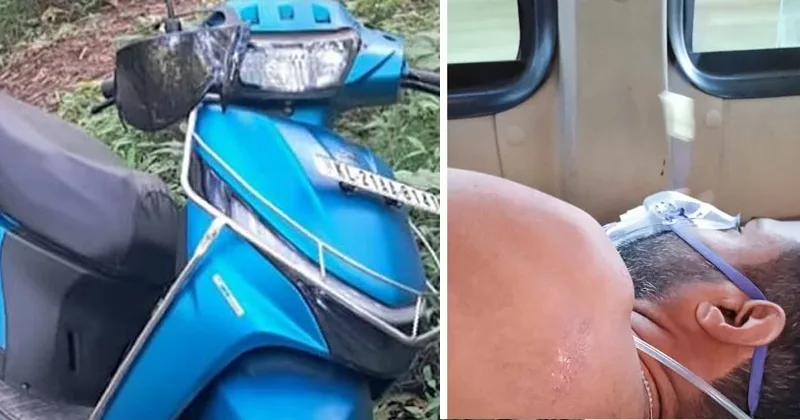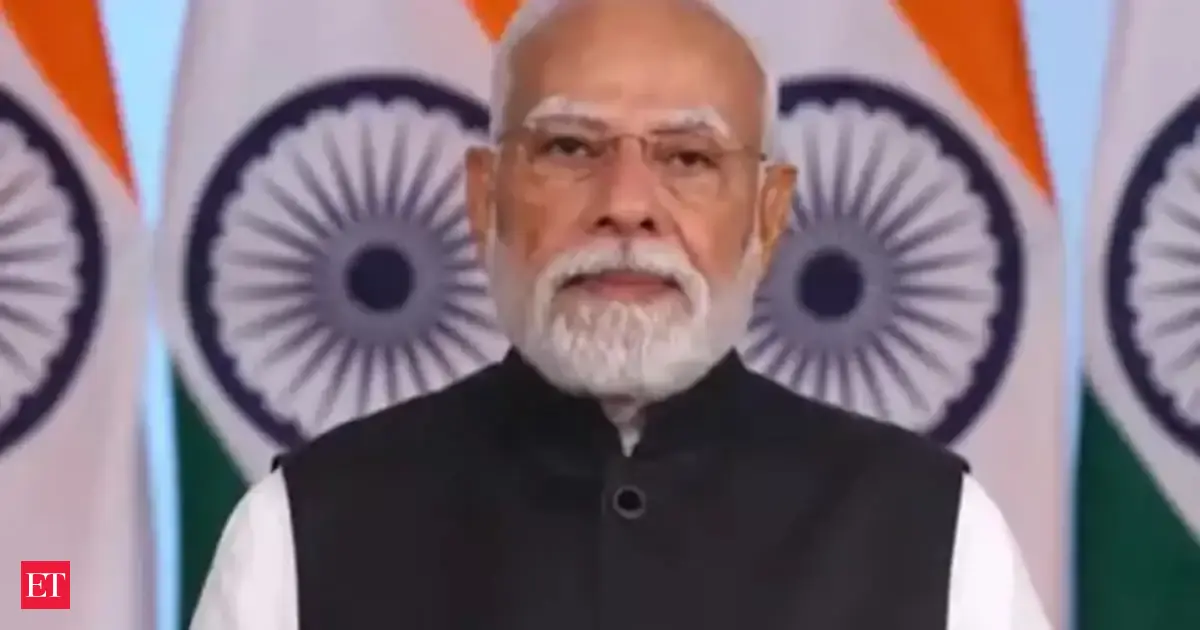Watch chaos and horror unravel as hoax shooter calls disrupt college campuses across the nation

EDITOR’S NOTE: This story contains audio clips that may be distressing. Listener discretion is advised.
The calls seem to follow a script – a panicked and shaky caller says they are hiding in a college library, sometimes with the staccato of taped gunshots in the background.
First responders then flood the campus, searching for mass casualties and preparing to kill or be killed.
Students snap into their active shooter training when their phones light up with automated warning messages from their universities. They move to shelter silently behind locked or barricaded doors while sending texts to their loved ones, not knowing if the messages could be their last.
The minutes tick by, marked by pounding hearts and sweaty palms, tears in terror-filled eyes, until the “all clear” notification comes.
Despite the relief of being safe, the effects of these hoaxes endure. More than two dozen college campuses around the country have been the target of the dangerous criminal hoax known as “swatting,” which involves luring law enforcement to a specific area under a false pretense.
“You constantly get called thinking you could die on this call, and it keeps being a false alarm. You know, you never solve those issues inside you,” Vince Champion, the southeast regional director of the International Brotherhood of Police Officers, told CNN affiliate WTVC.
CNN combined multimedia from some of the impacted universities to show how the false threats unfolded – through the eyes of those experiencing it in real time as they tried to separate truth from rumors.
‘A man running around with a rifle’
At Northern Arizona University, a 911 dispatcher took a call about a potential active shooter on the Flagstaff campus in August, just as the academic year was beginning across the country, which has seen 47 school shootings already this year.
“Are you OK? What’s going on?” the dispatcher asked the caller, who sounded agitated and desperate for help.
“We’re at the Cline Library, there’s a man running around with a rifle,” the male caller, who identified himself as “Jacob,” said, panting.
“No way, really? Are you swatting me?” the dispatcher asked urgently, aware of several swatting incidents at universities in the days before.
“Yeah. No. We’re hiding under a desk right now,” “Jacob” answered, referring to an active shooter safety tactic many students in America learn growing up – as early as elementary school.
The Northern Arizona University police dispatcher asked “Jacob” to stay on the phone and breathe with her as she worked to get officers to the scene, according to dispatch audio from CNN affiliate KTVK.
Bouts of silence and muffled audio filled the space between the dispatcher’s questions and “Jacob’s” answers until a sound similar to that of a gunshot erupted on the line.
The dispatcher assured the caller officers were on their way, and the caller’s voice became more intense and out of breath, saying the alleged gunman was heading toward the library.
“I’m still here, Jacob, we have officers, everybody’s coming,” the dispatcher said, her reassurance belied by the concern in her voice.
Then, more gunfire-like sounds ripped through the line once again, followed by more labored breathing from the caller as the dispatcher tried to rally more resources.
It would turn out to be a convincing hoax – one that was cut, copied and pasted at college campuses from Arizona to Pennsylvania.
Advanced technology, like Voice over Internet Protocol services, makes it much more difficult to trace spoofed phone calls, making these hoaxes more elaborate and harder to track, John DeCarlo, former police chief of Branford, Connecticut, and a professor of criminology at the University of New Haven, told CNN.
A ‘traumatic bonding experience’
The week before, first responders on the other side of the country sprinted to Villanova University in Philadelphia to respond to an active shooter threat on the college’s first day of orientation.
The first campus alert went out in the late afternoon, during an outdoor opening Mass, which was set to be followed by a family picnic.
Christine De Jonghe was celebrating Mass with her daughter when they received a campus alert warning of an active shooter.
People immediately got up, she told CNN, and chaos ensued.
“(W)e heard someone scream ‘get down!’ and people started running and falling. Then we heard ‘run’ and we all stood up and started running,” De Jonghe said.
Video from that day shows folding chairs toppled over on the grassy lawn, with shoes, flyers and personal belongings left behind as the attendees scrambled to safety.
All around them, students began the reflexive process of barricading themselves indoors with trash bins, chairs and even a table, as seen below – likely the only resources available to them.
De Jonghe and her daughter hid with others in a stairwell in Tolentine Hall – where the office of the university president is – for two hours, texting with friends and family about what they were learning from news reports, she said.
Villanova students frantically texted loved ones to share updates about the unfolding situation.
Law enforcement poured onto campus, the leafy green streets now lined with their marked vehicles – some armored. Even though it was broad daylight, they left their emergency lights on, flashing on both sides of the streets leading to the campus. The officers dashed from building to building on foot, clearing buildings of any potential threats, video from the scene shows.
Delaware County District Attorney Jack Stollsteimer strode to the scene as armed officers raced past him.
“We believe somebody was with a firearm in the campus,” he told CNN affiliate WPVI in a calm and confident tone, as he walked quickly and purposefully toward a command center.
“Somebody may have shot already. We’re trying to figure that out but at this point, law enforcement is doing what they do best. They’ve locked down the entire situation, they have officers who are searching buildings right now and we are going to get to the bottom of this. We’re going to make this campus safe.”
Behind the scenes, responding officers hinted at the confusion trying to locate an alleged suspect.
“Can we confirm this is a library or a law school?” a responding officer asked a dispatcher, according to dispatch audio.
Nearly 20 minutes after the initial Villanova school alert, another “active shooter incident warning email” was sent urging those on campus to barricade and lock themselves inside wherever they were.
“Stay Clear of Law School Scarpa Hall,” the alert said, referring to where the caller allegedly spotted a gunman.
Police and fire officials swarmed the area of the law school, with some armed officers on the roof, as they searched for a possible shooter or victims, video from WPVI showed.
But as law enforcement checked buildings, it became clear that something was amiss.
“We are getting a text now saying there was more shots in the graduate tax office in the law school, someone pulling on the door,” the dispatcher said.
“We just cleared that,” an officer responded back. “It was probably us pulling on the door.”
Meanwhile, a third campus alert went out, continuing to warn people to shelter in place until further notice.
Ultimately, the calls were unfounded.
A ‘cruel hoax’
No shooter, no reported injuries, no victims and no weapons were ever recovered, Rev. Peter M. Donohue, Villanova University’s president, said in a letter sent to the campus community.
It’s a similar scene – “a cruel hoax,” Donohue said – that has played out again and again, even on Villanova’s own campus for a second time, just days later, across college campuses nationwide in recent weeks.
The district attorney’s office and the FBI are investigating.
“This is a crime and we will track you down if it’s the last thing we do,” Stollsteimer told CNN affiliate WPVI.
Over 1,200 miles west, police and local agencies swarmed the University of Arkansas campus following a nearly identical call to dispatch days after the initial incident at Villanova.
Matt Mills, the assistant police chief of the University of Arkansas Police Department, joined the teams to respond to the call, his mind flashing to his own family members on campus.
But after investigating multiple reports, police didn’t find a threat on campus, the university shared in a post on X, adding classes were canceled for the remainder of the day.
Another call that turned out to be a hoax.
Authorities have not identified the suspects in any of the incidents.
“The biggest message I would say to anybody who thinks this is a joke or is funny is that it’s anything but,” Mills said. “You’re putting literally thousands of people’s lives on the line, not only law enforcement, but our students, faculty and staff who don’t deserve that.”
CNN’s Jessica Flynn contributed to this report.



